In October 1917 in Russia, by the power of the people, under the leadership of a genuine communist party, power for the first time belonged to the poor workers.

The Russian October Revolution was a revolution carried out by "poor people" with the goal of liberating themselves to build a better future. The victory and significance of the Russian October Revolution had a great influence on the whole world and the Vietnamese revolution.
"Ten Days That Shook the World" of the Poor
Ten Days That Shook the World is a memoir by contemporary American journalist John Reed, published in 1919, about the events of the October Revolution in Russia in a truthful and comprehensive way, helping future generations better understand the greatest revolution in human history.
The October Revolution was a revolution of the masses. The workers, peasants and laborers of Russia were liberated. The content of the revolutionary ideals, the methods of carrying out the revolution and its victory, and the self-defense power of the masses all reflected the will of the masses of the Russian people at that time.
The success of the October Revolution in Russia in 1917 was the beginning of the birth of a government of the working people. This government strongly affirmed the goal of building a better, civilized future society, bringing justice and happiness to all working people.
On the very first night after the revolution's victory, the Soviet government issued the Decree on Peace and the Decree on Land. These two important decrees immediately responded to the urgent needs of Russian society at that time. The Decree on Peace responded to the Russian people's desire for peace, ending their suffering due to the war to redistribute the market by the major capitalist powers.
The Land Law made the peasants' age-old dream of land come true. The revolutionary government also affirmed the equality of men and women, freedom of religion, separation of churches from schools, and the equality and self-determination of peoples.
On January 10, 1918, the All-Russian Congress of Soviets adopted the Declaration of Rights of the Working and Exploited People, affirming that Russia was a Soviet Republic with the goal of abolishing the regime of exploitation of man by man, for the benefit of the working people. The October Revolution in Russia proved to be "a revolution of the poor for the poor" - John Reed's phrase. It was the "poor" who firmly defended their Soviet government through three years of fierce civil war, against the plots of intervention and overthrow, surrounded by 14 imperialist capitalist countries.
The October Revolution was a major historical event that created dramatic changes in world geopolitics for decades to come. With the liberation of workers and the liberation of oppressed and exploited laborers, the October Revolution was a source of strong encouragement and support for the workers' movement in European countries.
Immediately after the Russian October Revolution in 1917, a movement of "poor people" struggles developed in the years 1918-1923, which shook the capitalist countries at that time. "Poor people" in Russia also contributed to the strong development of the Union of Soviet Socialist Republics in the following decades. They played a great role in saving humanity from the fascist disaster, contributing significantly to saving humanity from the devastating fire of World War II. The achievements and contributions of the Soviet people to the world in the decades after the Russian October Revolution were enormous and undeniable.
The practice of the Russian October Revolution in 1917 with its profound content of national liberation and human liberation awakened and encouraged the fighting spirit of the peoples who were still suffering from colonial oppression and exploitation in all forms, urging all the poor people who were suffering injustice in the world to stand up and fight for independence. In the 20th century, the liberation movement of colonial peoples became a widespread trend.
"Use your strength to free yourself"
The impacts of the Russian October Revolution in 1917 and V. Lenin's theses on national and colonial issues were important factors in forming the revolutionary line of Nguyen Ai Quoc and the Communist Party of Vietnam, directly contributing to the victory of the Vietnamese national liberation revolution in August 1945.
Nguyen Ai Quoc was also the first to believe that the struggle for national liberation in the colonies did not depend entirely on the revolution in the "home country", that the colonial people could rise up to liberate themselves and that the revolution could be victorious only in one colonial country. That creative argument was almost similar to V. Lenin's argument that the victory of the revolution in a country "was the weakest link in the chain" of capitalist countries.
With the spirit of Using our own strength to liberate ourselves and affirming the thesis "A revolution must first have a revolutionary Party", "Only with a strong Party can the revolution succeed" (Revolutionary Path), Nguyen Ai Quoc made constant efforts to prepare in all aspects to establish a genuine communist party, taking on the role of leading the Vietnamese people in the struggle for national liberation. The first revolutionary platform of the Communist Party of Vietnam drafted by him, although brief, stated the most basic and core points about the path of the Vietnamese revolution. It was also the declaration of the Party's choice of the development path of the Vietnamese revolution since its inception.
In Vietnam at the beginning of the 20th century, the task of gaining national independence and liberating the people from colonial oppression was an urgent and vital task. In this struggle, the Party needed to gather the largest force and mobilize the greatest solidarity to ensure victory. According to Ho Chi Minh: Nationalism is the great driving force of the country and the great national solidarity bloc on the foundation of the worker-peasant-intellectuals alliance is a great force, carrying the great strength of the Vietnamese revolution, great solidarity is a revolutionary strategy. In that broad and strong great solidarity bloc, the majority are "poor people".
Ideals have been and are being affirmed
The ideals and key goals of the October Revolution in Russia in 1917 were grasped and applied by President Ho Chi Minh and the Communist Party of Vietnam in the process of leading the Vietnamese people in the struggle for national independence, opening a new era for the country - the era of national independence and socialism.
The August Revolution of 1945 in Vietnam was the victorious beginning of the national liberation movement that brought down the colonial system on a global scale. The ideals of the August Revolution of 1945 have been affirmed in reality in Vietnam for the past 79 years and are still being implemented in the new context. The two revolutions are not only recognized as turning points in the history of the two nations but also marked major changes in world history in the 20th century.
The ideals of the Russian October Revolution of 1917 still appeal to the "poor". In essence, it is a struggle towards a fair and equal future in international relations, towards the establishment of a better world order, towards the future development of all humanity and each individual, regardless of ethnicity, religion and political system.
Source



![[Photo] The ceremonial artillery is ready to "fire" for the second parade rehearsal at My Dinh National Stadium.](https://vstatic.vietnam.vn/vietnam/resource/IMAGE/2025/8/24/883ec3bbdf6d4fba83aee5c950955c7c)

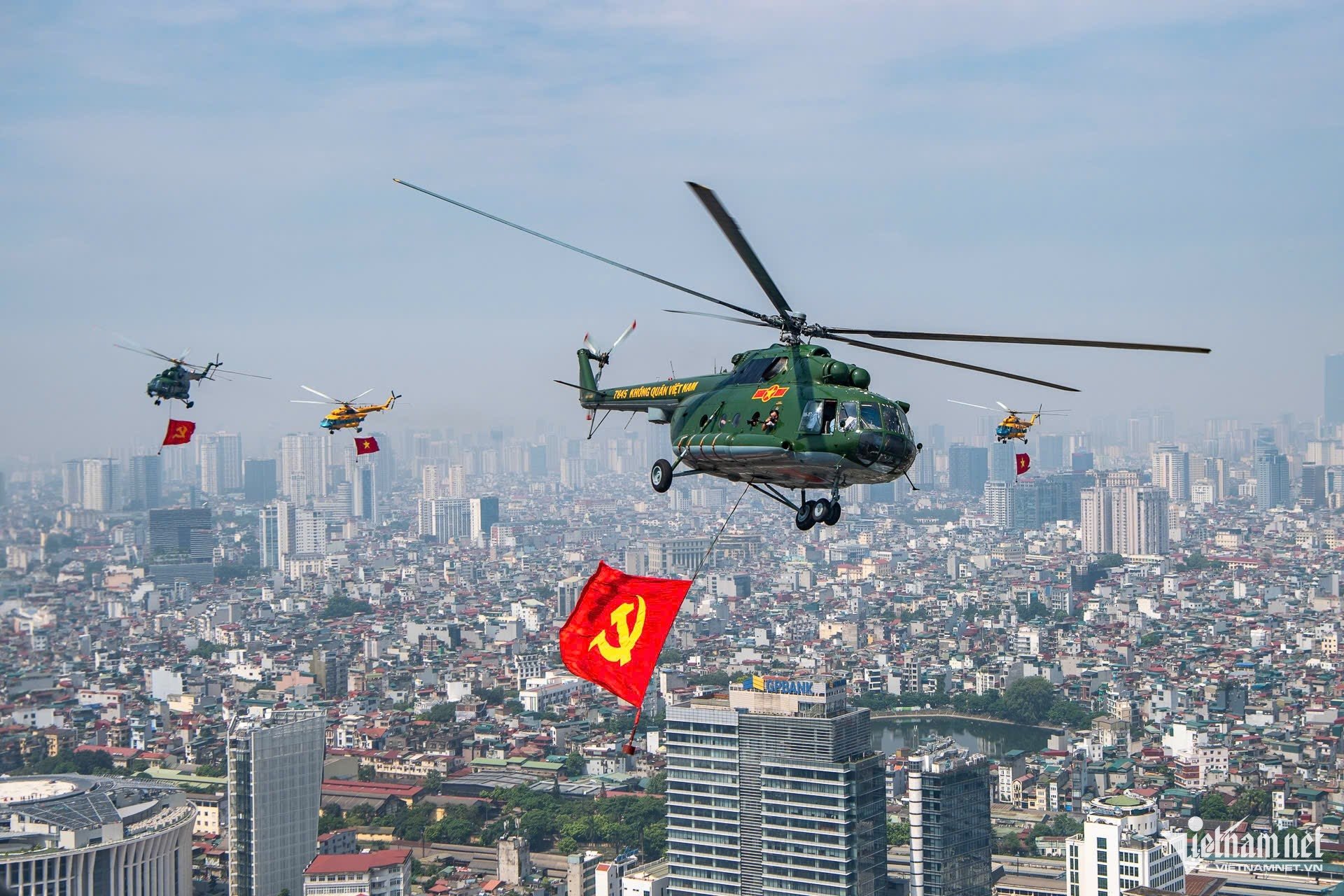

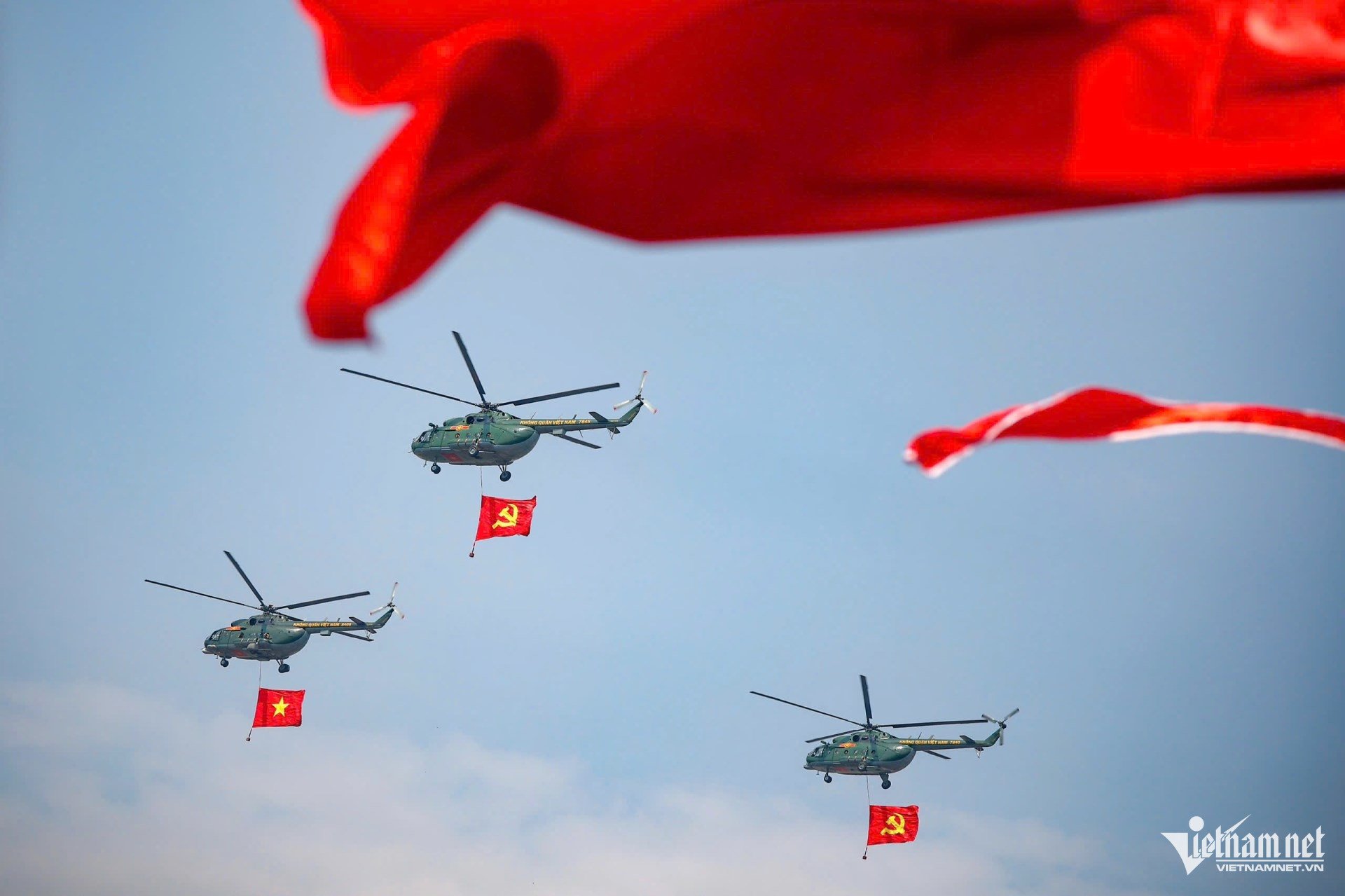
![[Photo] Impressive image of 31 planes taking flight in the sky of Hanoi during their first joint training](https://vstatic.vietnam.vn/vietnam/resource/IMAGE/2025/8/24/2f52b7105aa4469e9bdad9c60008c2a0)




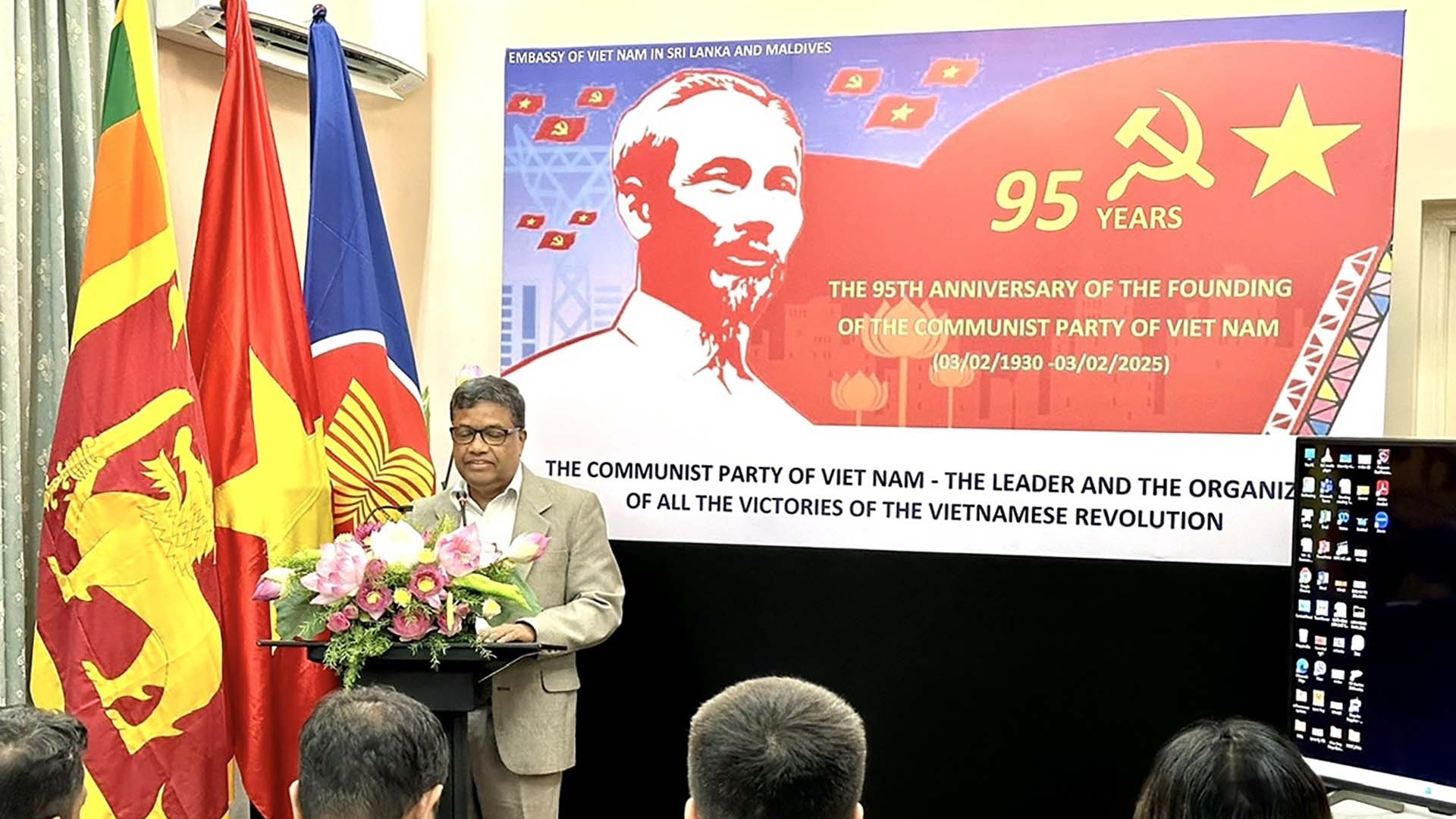


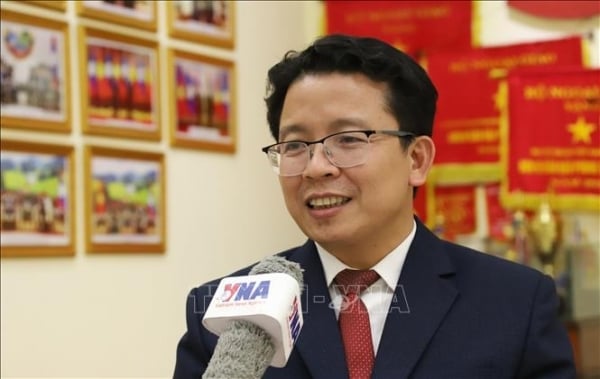
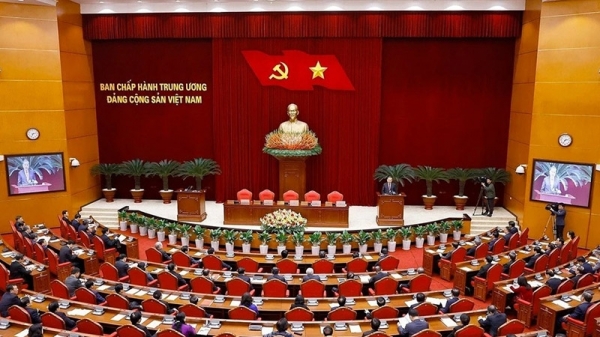



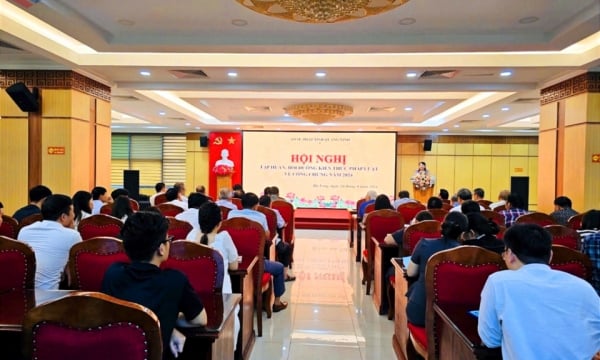

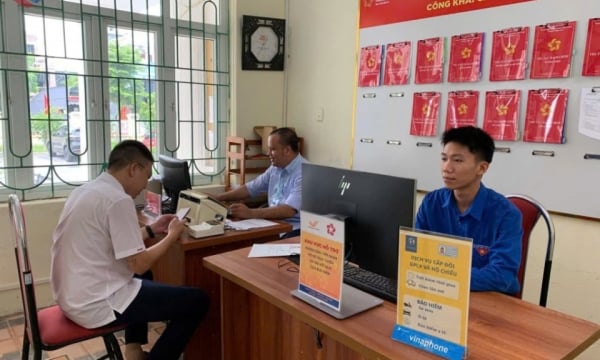




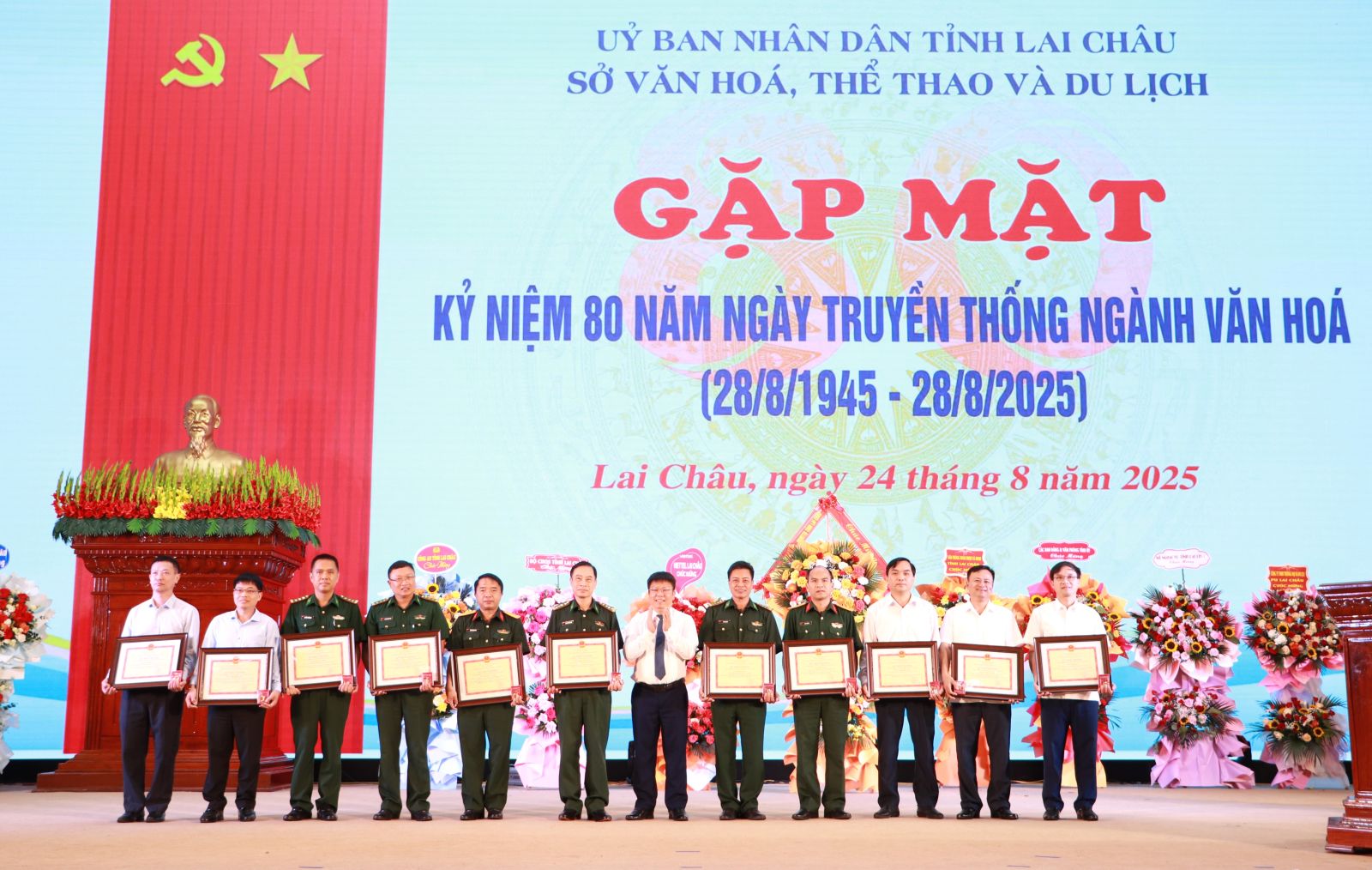
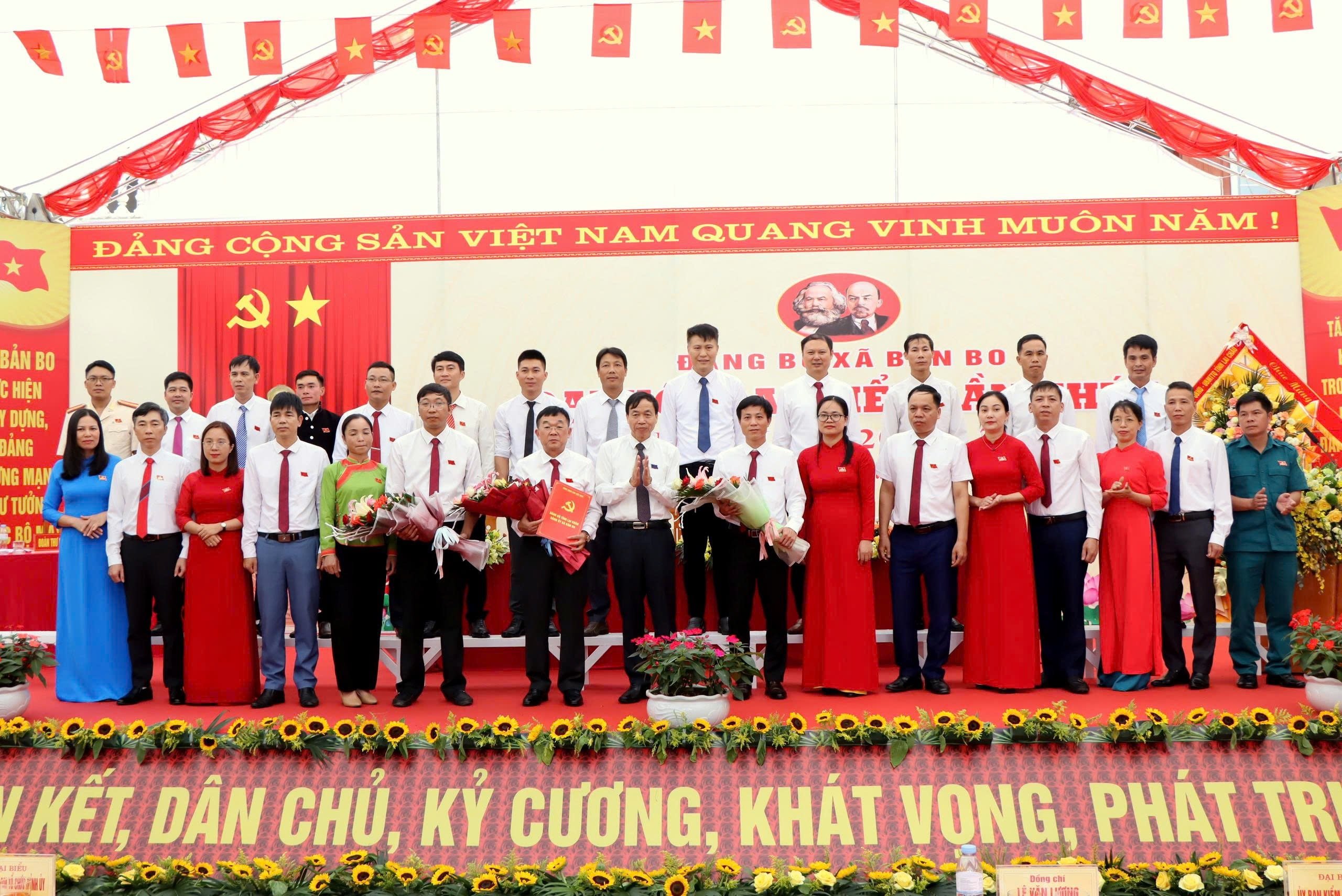
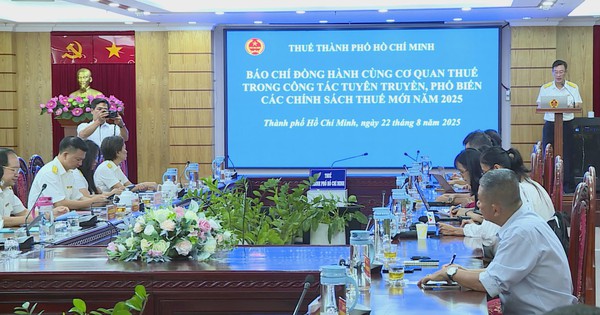



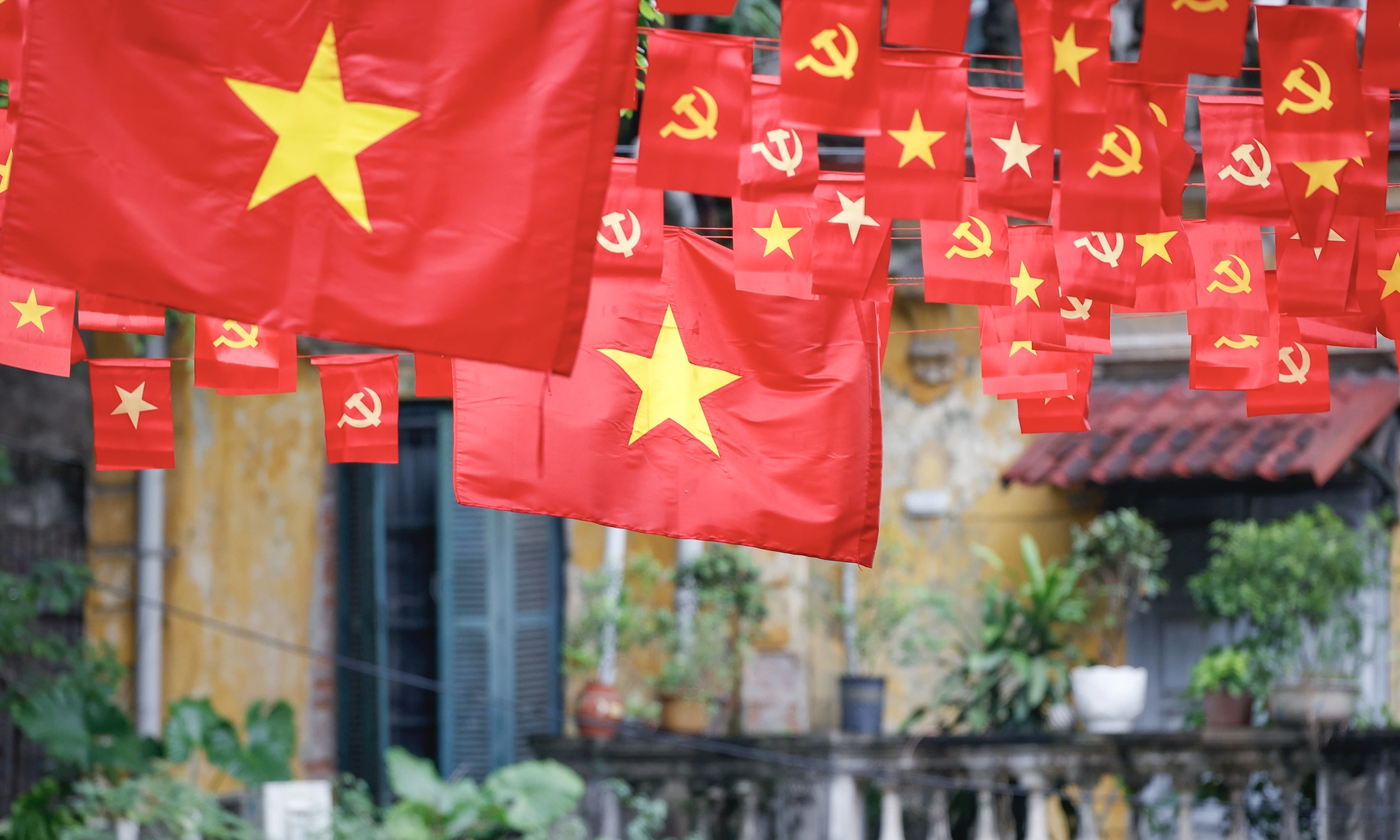






























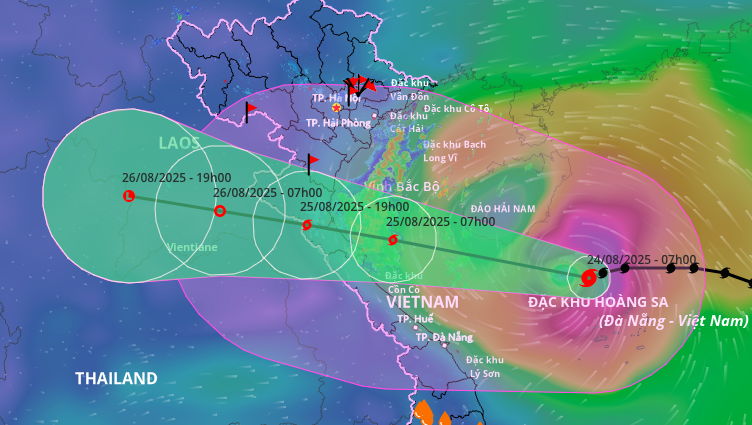















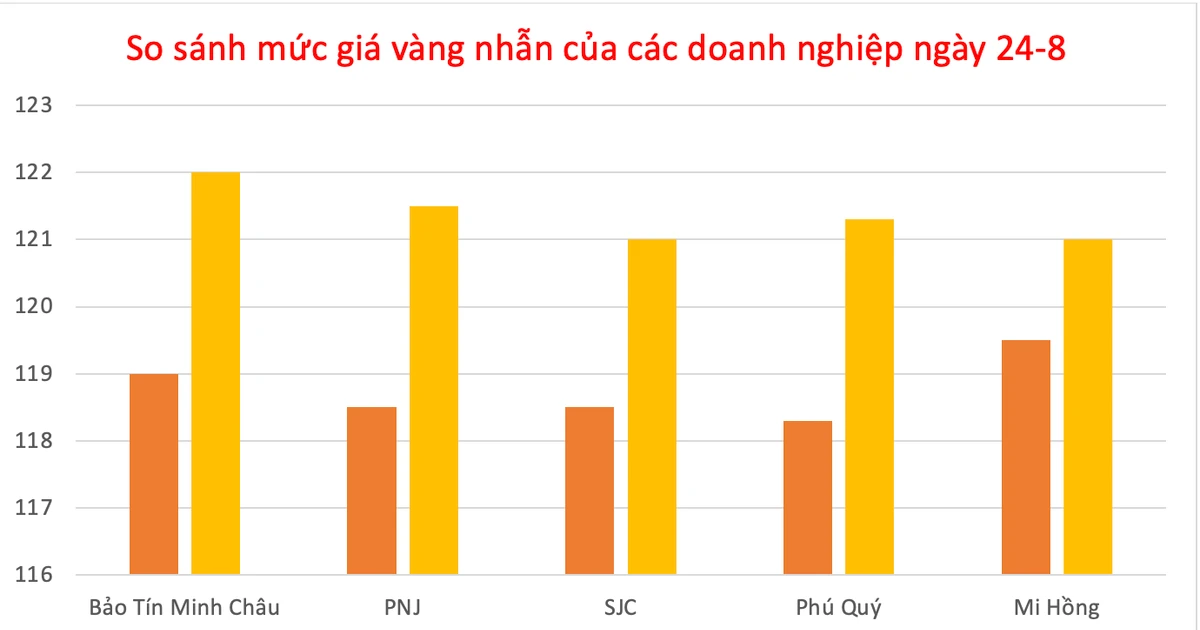

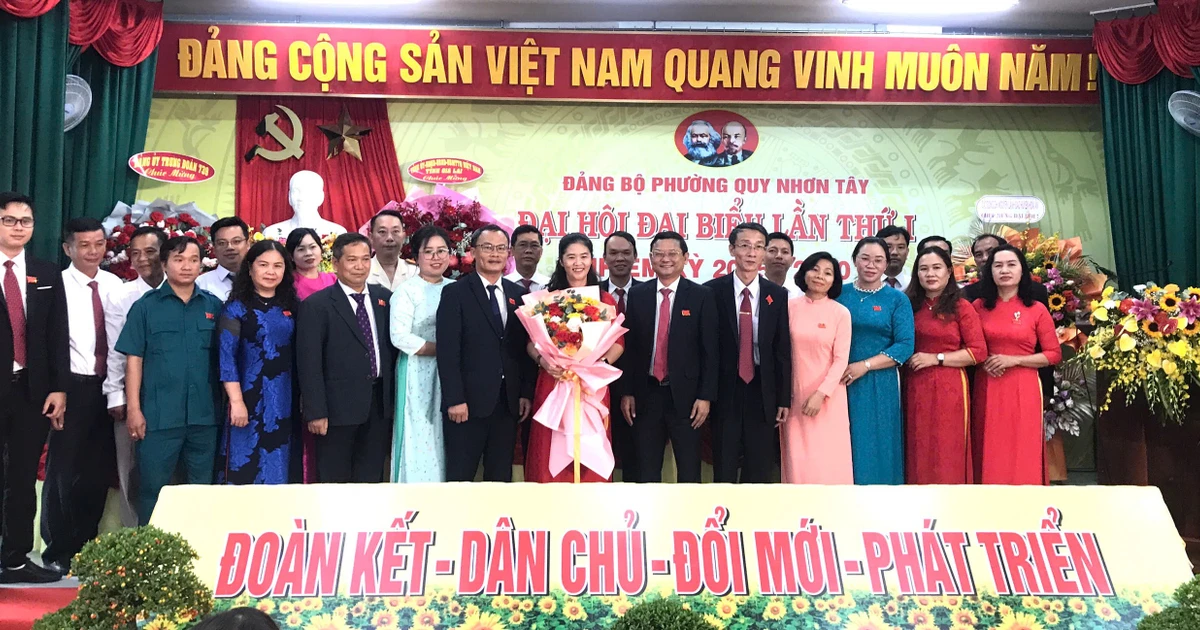
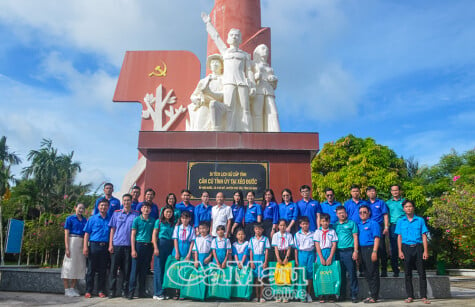

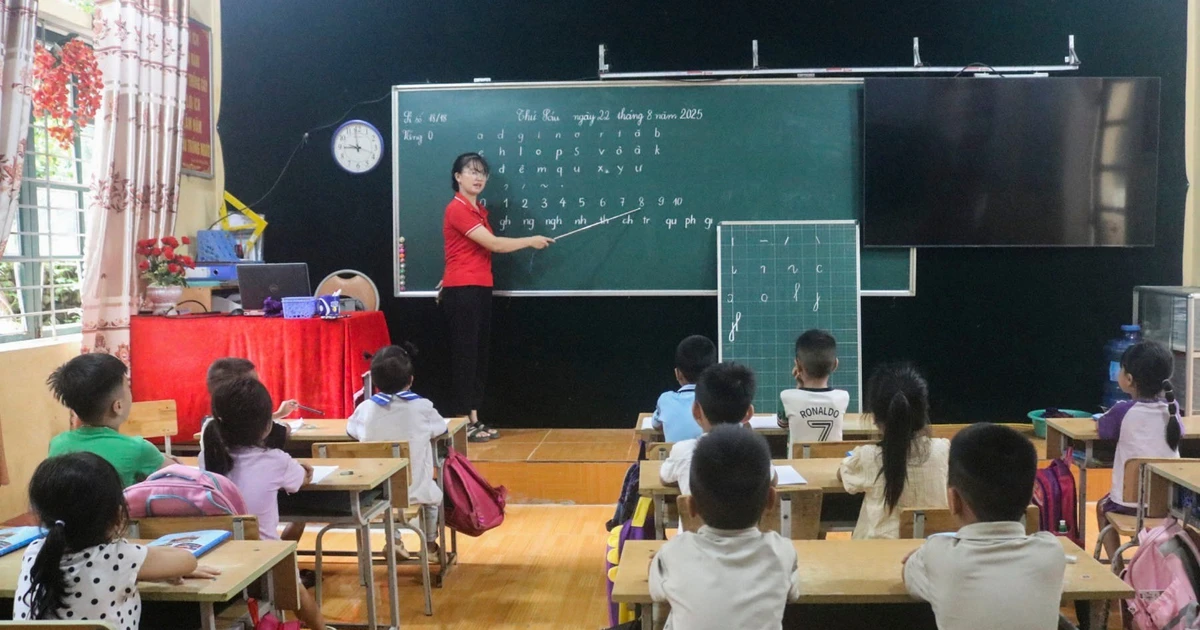



















Comment (0)